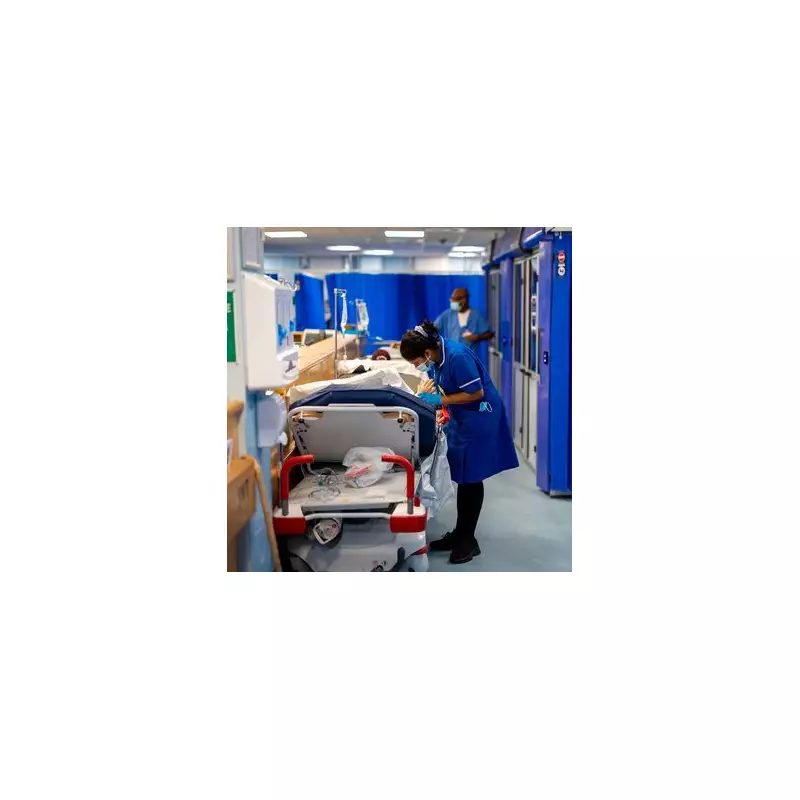
In a significant development for Britain's healthcare system, the NHS waiting list has fallen for the first time in fifteen years, though the service faces its busiest winter period on record.
Waiting List Milestone Achieved
New figures reveal that the backlog for NHS appointments in England stood at 7.39 million appointments for 6.24 million patients in September. This represents a decrease of 15,845 appointments compared to August and a more substantial reduction of 230,000 since July 2024.
Health Secretary Wes Streeting welcomed the progress, stating: "The past year is the first time in 15 years that waiting lists have fallen. There's a long way to go, but the NHS is now on the road to recovery."
The decline follows three consecutive months of increases between June and August, marking a turning point for the health service that has struggled with growing waiting lists since 2010, when the figure stood at 2.5 million under the Conservative government.
Winter Challenges Loom Large
Despite the positive news on waiting lists, the NHS faces unprecedented pressure as it enters the winter months. NHS England reported that A&E attendances and ambulance incidents both reached record levels for October.
Professor Meghana Pandit, NHS national medical director, cautioned: "It is fantastic news that the health service managed to get the waiting list down in September, but there's no doubt NHS staff will be approaching their limits this winter."
The service faces multiple challenges including an early and potentially prolonged flu season, coupled with industrial action by resident doctors scheduled to begin on Friday for five days.
Mixed Performance Across Key Areas
The data reveals a complex picture of NHS performance. While overall waiting lists decreased, 180,329 people in England had been waiting more than a year for routine hospital treatment at the end of September, though this figure improved from 190,549 in August.
More concerning is the performance on cancer treatment targets. The proportion of patients receiving a cancer diagnosis or having cancer ruled out within 28 days of referral fell to 73.9% in September, below the 75% target. Similarly, the 62-day cancer treatment standard dropped to 67.9%.
In emergency care, the number of patients waiting more than 12 hours in A&E departments from decision to admit to actual admission rose to 54,314 in October, up from 44,765 in September.
Mr Streeting emphasised the government's commitment to NHS recovery, noting: "Thanks to the investment and modernisation this Government has made, waiting lists are falling and patients are being treated sooner. We are cutting waste to reinvest billions over the coming years in frontline care."
The government and NHS England have set ambitious targets for March 2026, aiming to reduce those waiting more than 52 weeks to less than 1% and improve cancer diagnosis rates to 80%.





